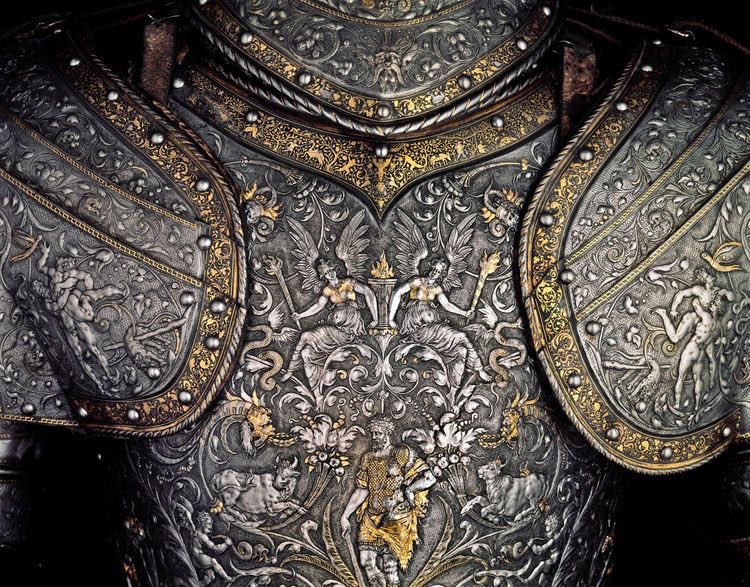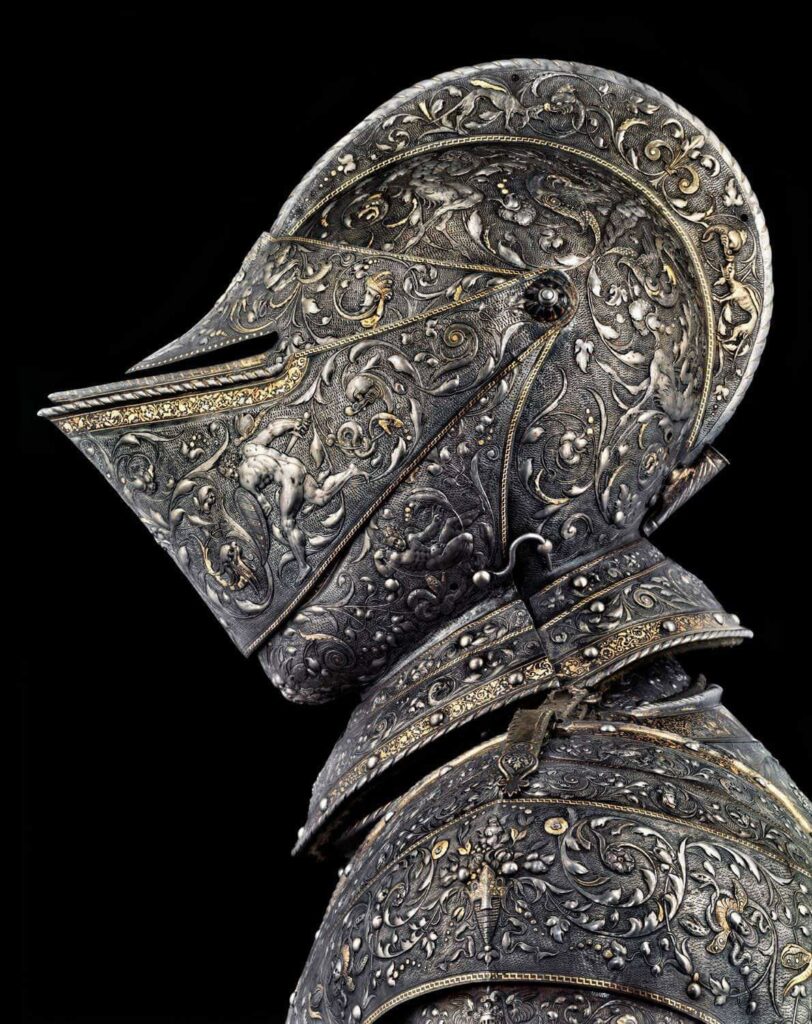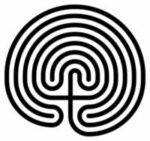Hercules armour of the Emperor Maximilian II of Austria made in 1555, at the Kunsthistorisches Museum in Vienna, Austria.

This remarkable artifact is housed in the Kunsthistorisches Museum in Vienna, Austria, and is a testament to the grandeur and sophistication of the Renaissance period.
Historical Background
The Hercules Armor was crafted in the mid-16th century, around 1555, for the Holy Roman Emperor Maximilian II. The armor was created by the renowned armorer Kunz Lochner, one of the most celebrated armorers of Nuremberg, a city that was a significant center for armor production during the Renaissance. The armor was not designed for battle but was a ceremonial piece, reflecting the status and power of the Emperor.

Architectural Highlights/About the Artifact
The Hercules Armor is a masterpiece of Renaissance craftsmanship. It is a full suit of plate armor, made from steel, and weighs approximately 25 kilograms. The armor is intricately decorated with etched and gilded designs, including scenes from the Twelve Labors of Hercules, hence its name. The armor is a testament to the skill of Lochner and his workshop, as it combines functionality with artistic beauty.
The armor consists of a helmet, a breastplate, backplate, arm defenses, gauntlets, tassets, and leg defenses. The helmet is a close helmet, a design that offers full head protection, with a visor that can be raised. The breastplate and backplate are connected by straps, allowing for movement while providing protection for the torso. The arm defenses and gauntlets protect the arms and hands, while the tassets and leg defenses protect the lower body.
Theories and Interpretations
While the Hercules Armor was not intended for battle, it was more than just a decorative piece. It was a symbol of Maximilian II’s power and authority, and the choice of Hercules as a theme was not accidental. Hercules, a hero of Greek mythology known for his strength and courage, was often used as a symbol of the ideal ruler in Renaissance art and literature. By associating himself with Hercules, Maximilian II was presenting himself as a strong and virtuous leader.
The armor was likely worn by Maximilian II on ceremonial occasions, such as parades and tournaments. The armor’s elaborate decoration would have made it a striking sight, reinforcing the Emperor’s status and authority. The armor’s design and decoration were carefully chosen to convey a specific image of the Emperor, making it a powerful tool of political propaganda.
Good to know/Additional Information
Interestingly, the Hercules Armor is part of a set of three armors made by Lochner for Maximilian II. The other two armors, also housed in the Kunsthistorisches Museum, are decorated with scenes from the life of King David and the deeds of the Roman hero Scipio Africanus. Together, these three armors present a comprehensive image of the ideal ruler, combining strength, courage, wisdom, and virtue.
Despite being over 450 years old, the Hercules Armor is in excellent condition, thanks to the care and preservation efforts of the Kunsthistorisches Museum. It remains one of the most impressive and significant pieces of Renaissance armor, a testament to the skill of its creator and the power of the man it was made for.
